
When Teledyne FLIR revealed its latest Rogue 1 loitering munition system (LMS) on May 7, it marked the public debut of the design. However, behind the scenes, US Special Operations Command has been quietly conducting tests on the vertical take-off/landing capability system for over two years, as reported by Breaking Defense.
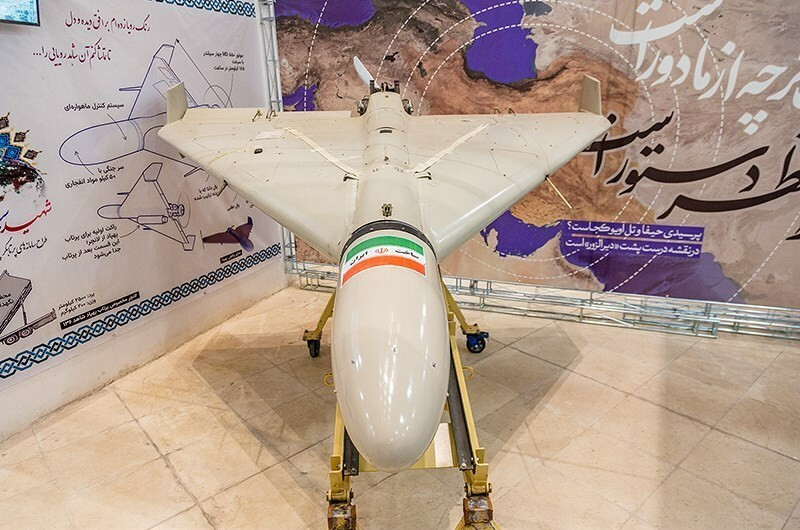
Since 2022, the company has been engaged in a training and evaluation contract with SOCOM as part of the Ground Organic Precision Strike System Echelon 0-Air (0A) requirement.
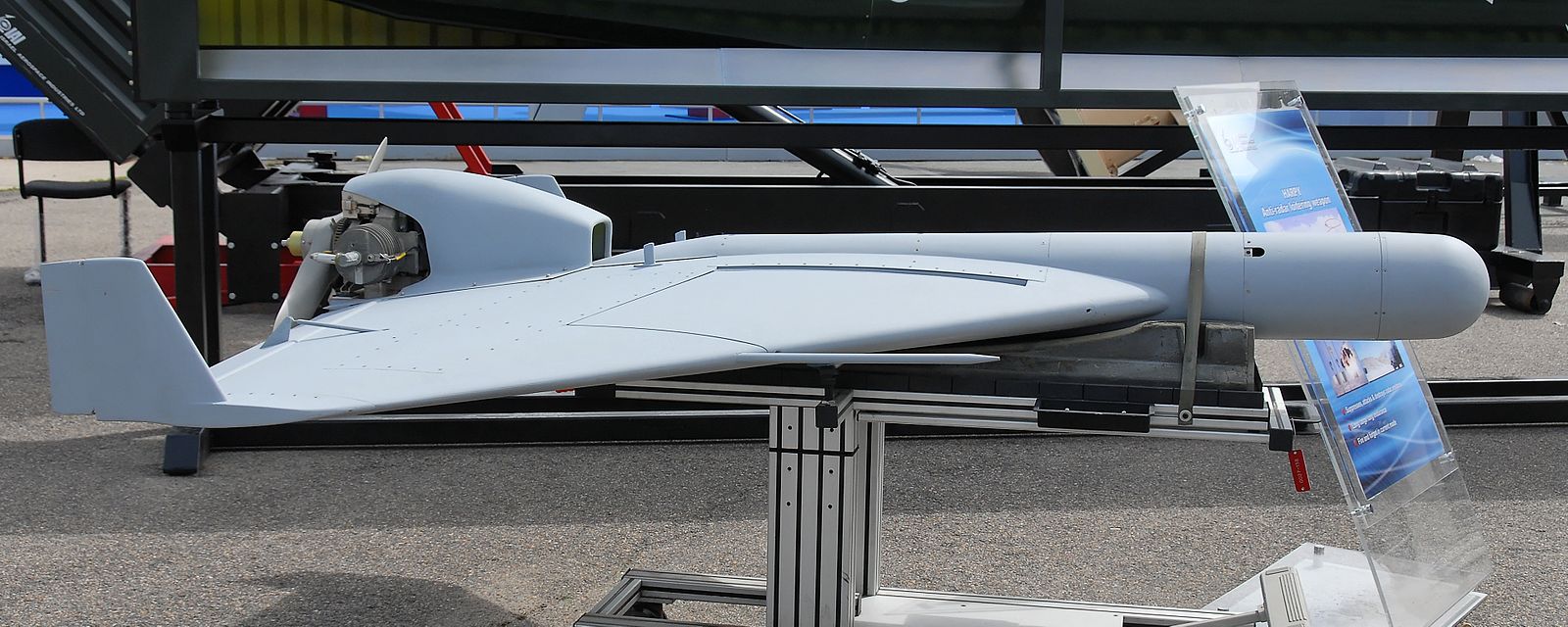
Dave Salter, Director of US Business Development at Teledyne FLIR Defense, confirmed that the company is continuously delivering “additional systems” to SOCOM.
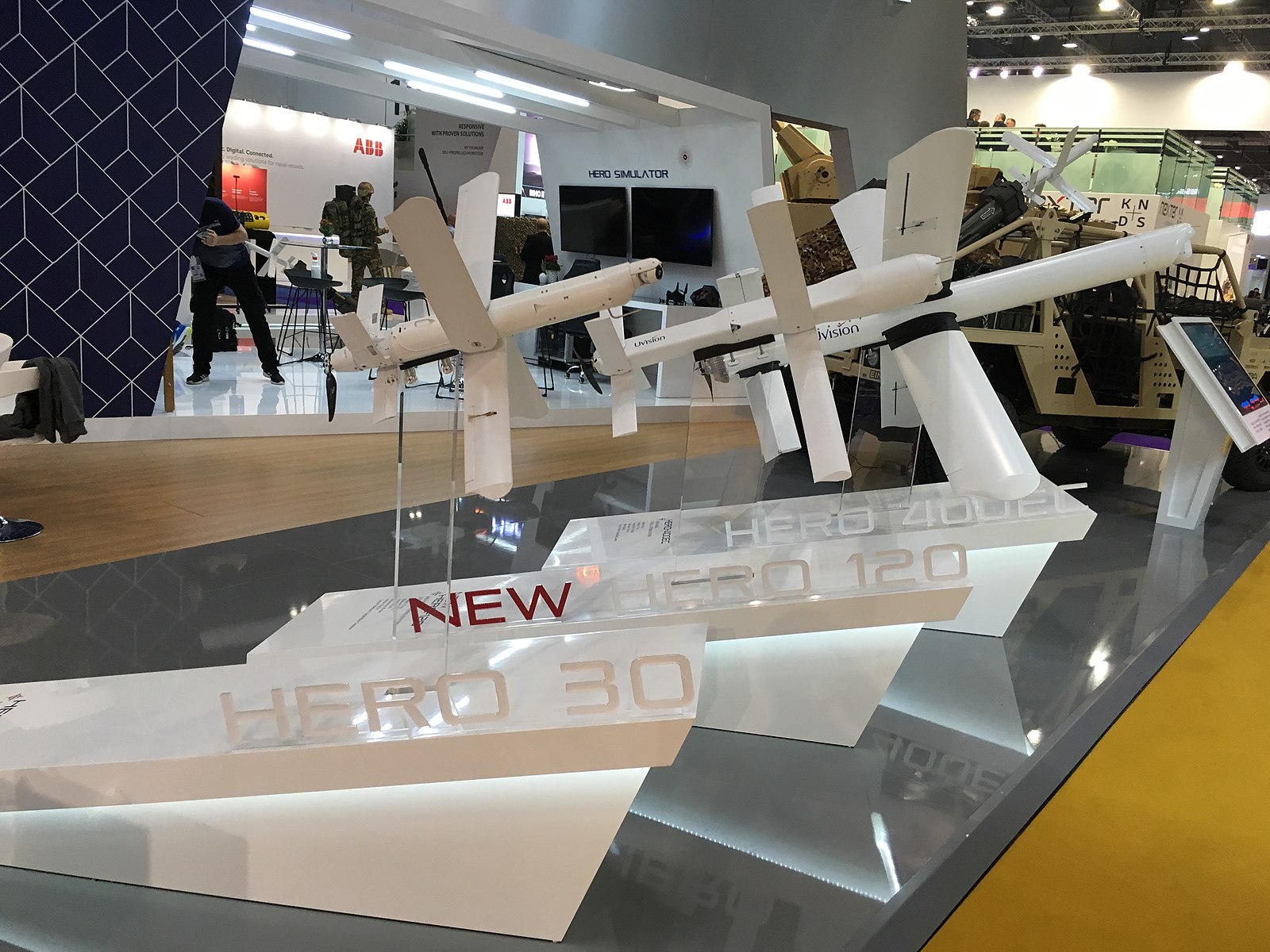
The GOPSS 0A program is divided into three categories: ‘nano-‘, ‘micro-‘, and ‘mega-‘ sized platforms. Weighing around 10lbs, the Rogue 1 falls under the micro category and is currently the sole system being tested in that category, with the other categories yet to be fulfilled.
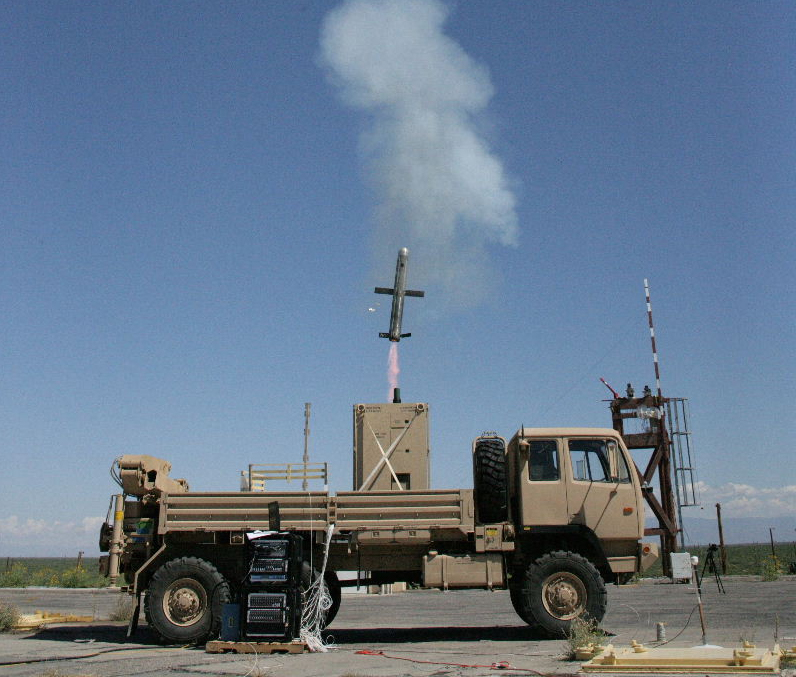
In response to inquiries from Breaking Defense, a SOCOM spokesperson stated that the command is employing a multi-phase strategy to introduce Ground Organic Precision Strike Systems Echelon 0 Air Micro capabilities, which commenced with competitive demonstrations and the selection of the Teledyne FLIR Rogue 1.
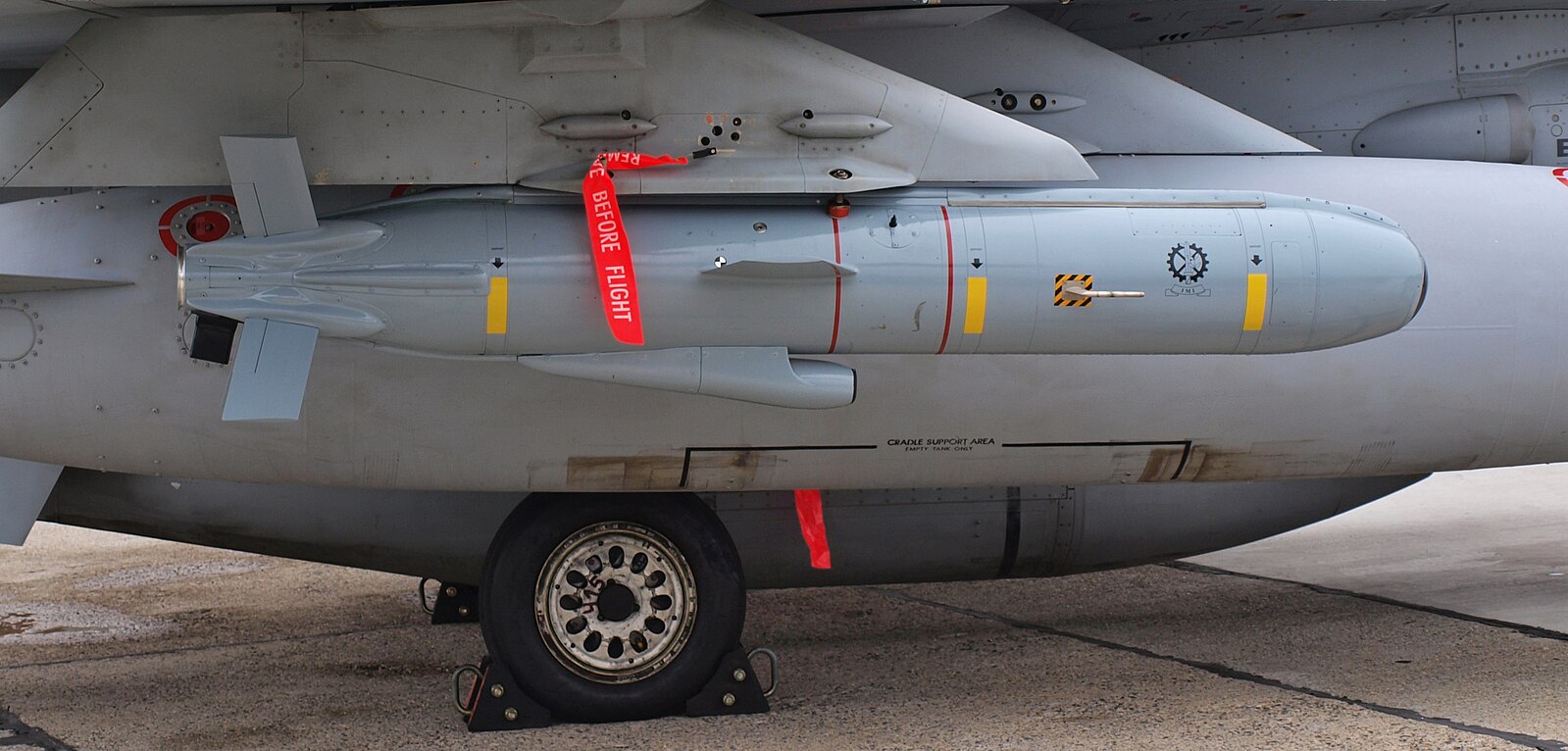
“Our next step is to purchase limited quantities of the Rogue 1 for further test and evaluation in support of a fielding decision and follow-on Low-Rate Initial Production in late calendar year 2025,” the spokesperson added.
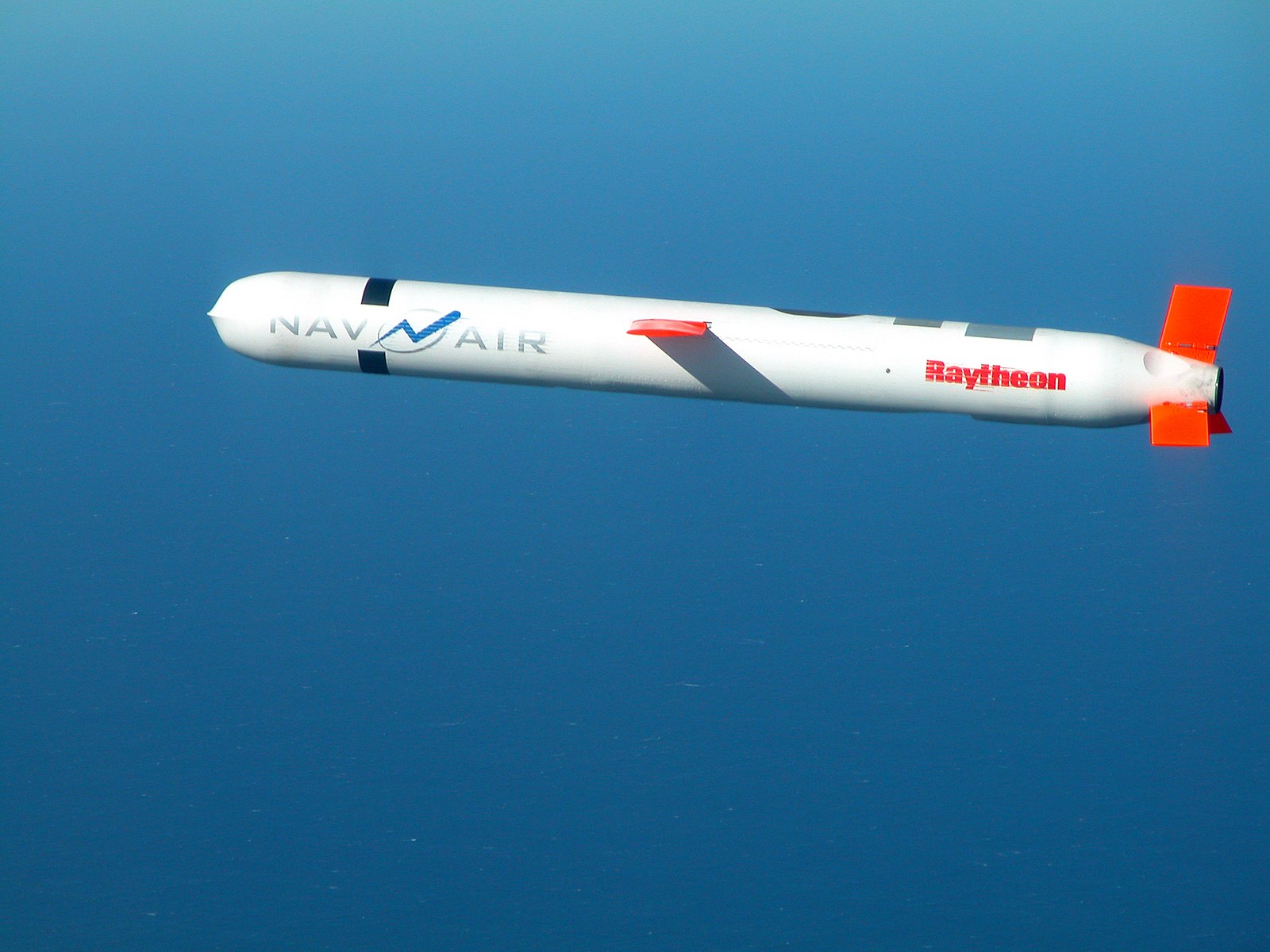
Speaking at SOF Week, Lt. Col. Tosh Lancaster, Program Executive Officer-SOF Lethality, confirmed that SOCOM “already have one of the solutions we’re going after,” without explicitly mentioning Teledyne FLIR Defense’s Rogue 1 LMS. He clarified that the selected system is still “in development.”
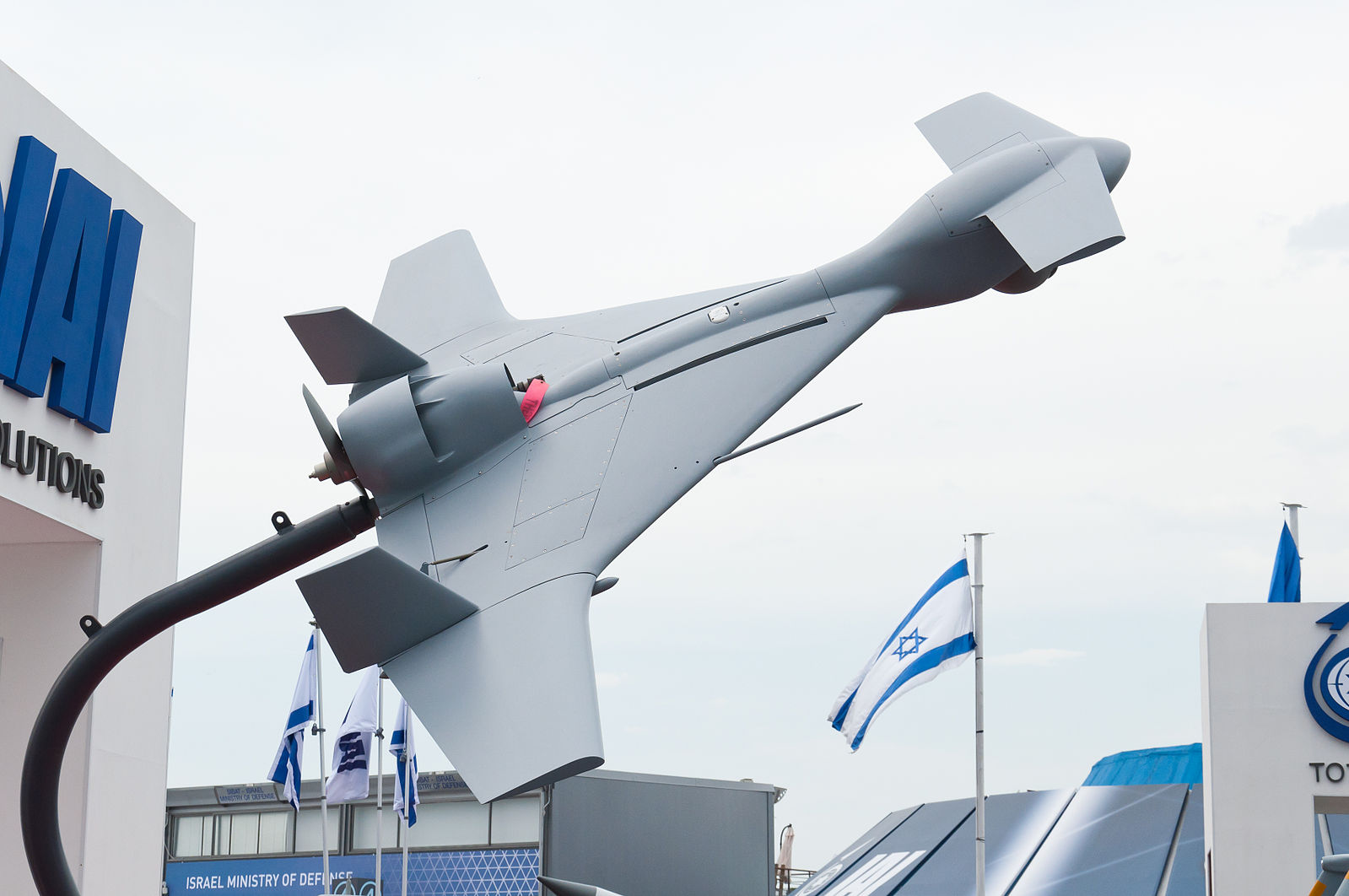
“In contested environments, we know that a lot of our things that we relied on in the global war on terror are not survivable. So that’s originally what we were after,” Lancaster explained. “So now we describe it as precision effects unmanned with control at the tactical level.”
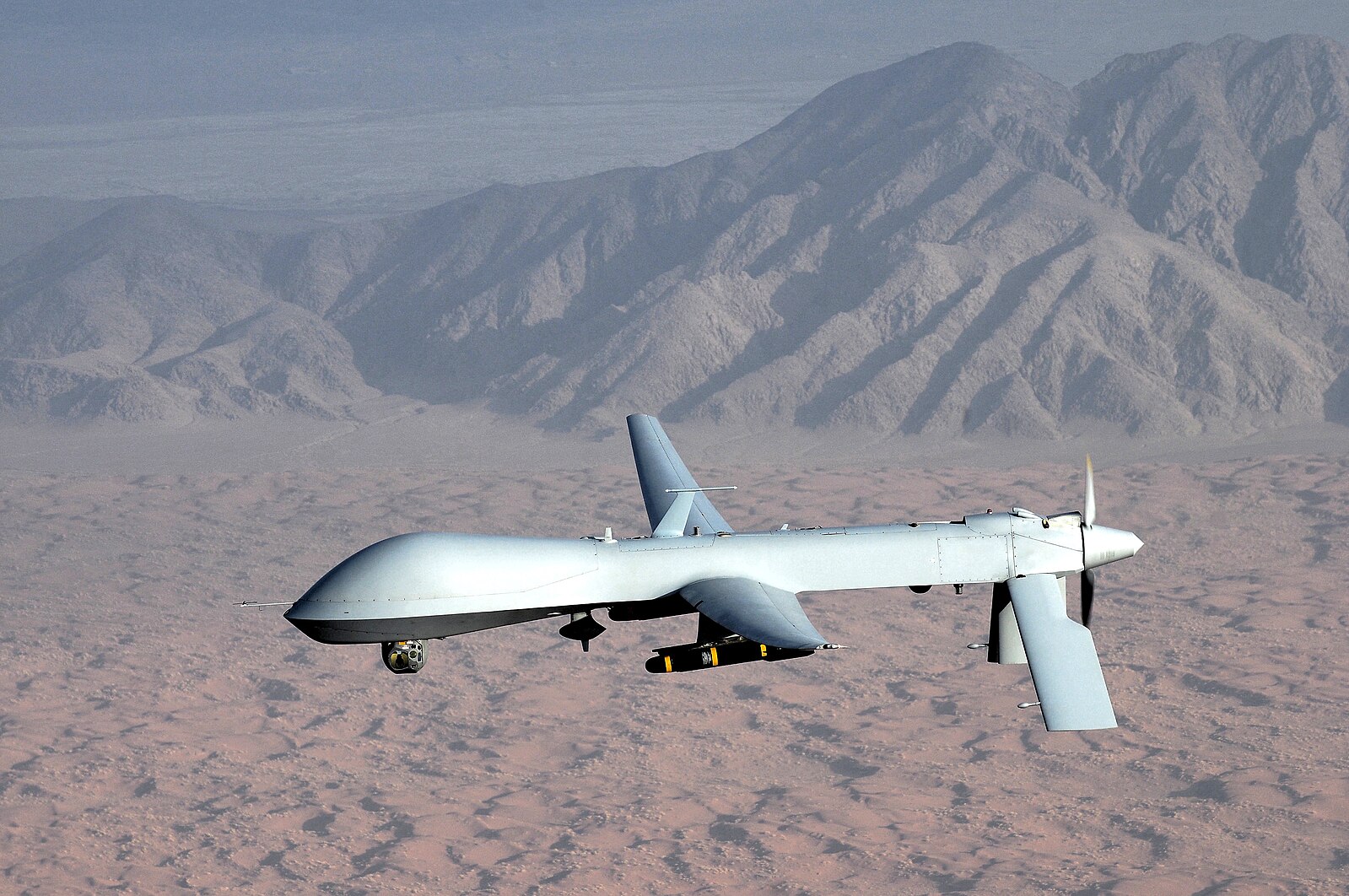
According to a company statement, Rogue 1 is a “next-generation, rapidly deployed and optionally-lethal VTOL small unmanned aerial system that enables warfighters to conduct precision strikes against moving and stationary armored targets, soft-skinned vehicles and dismounted threats.”
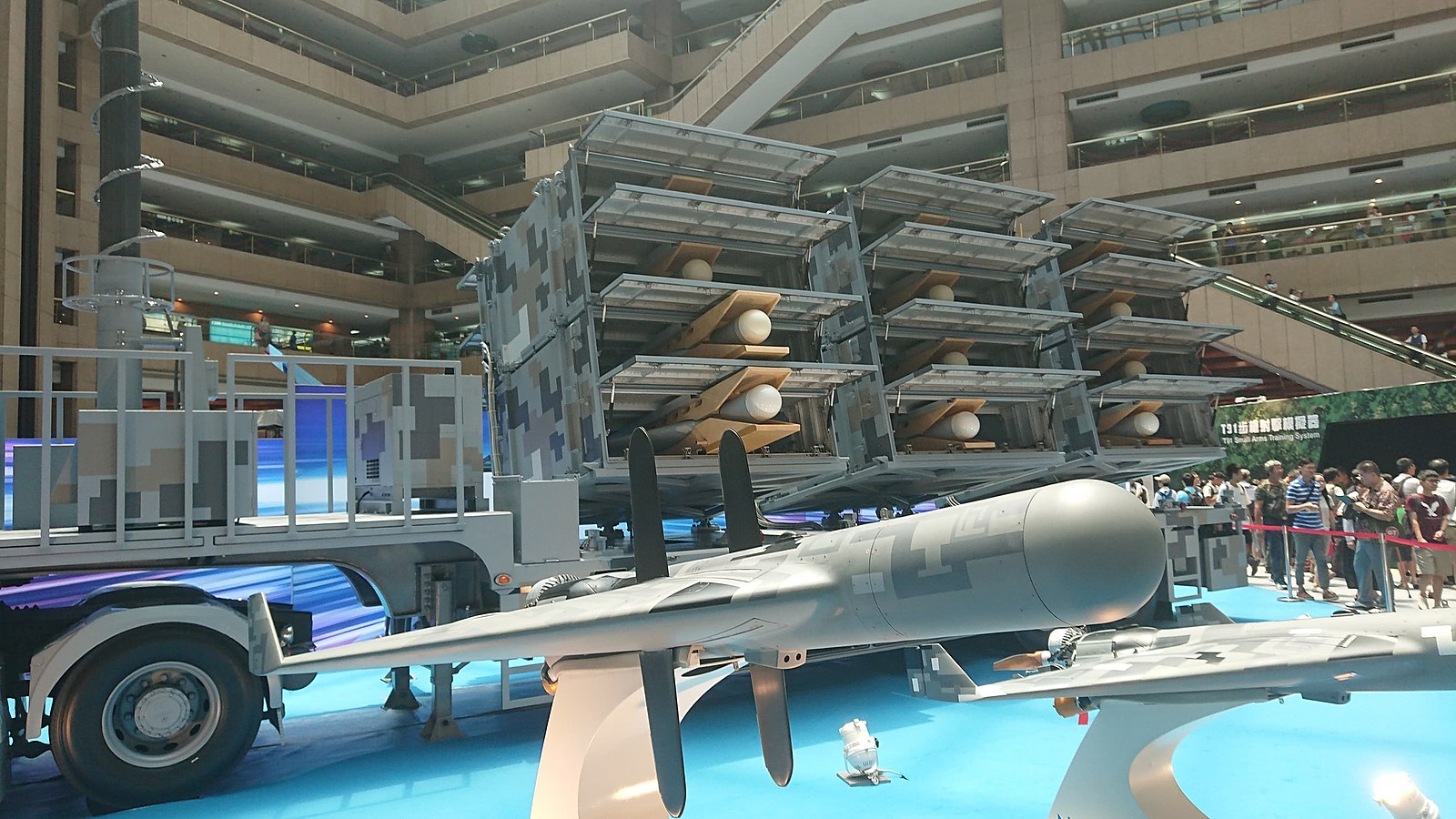
The Rogue 1 provides users the ability to abort and recover the system if necessary, and it operates in both day and night conditions. It boasts a modular design with multiple payload options, a maximum endurance of 30 minutes, a range of 10km, and can fly at speeds up to 113kph, even in GPS-denied areas. Navigation options include GNSS, visual, or thermal recognition, with AES 256 encrypted communications.
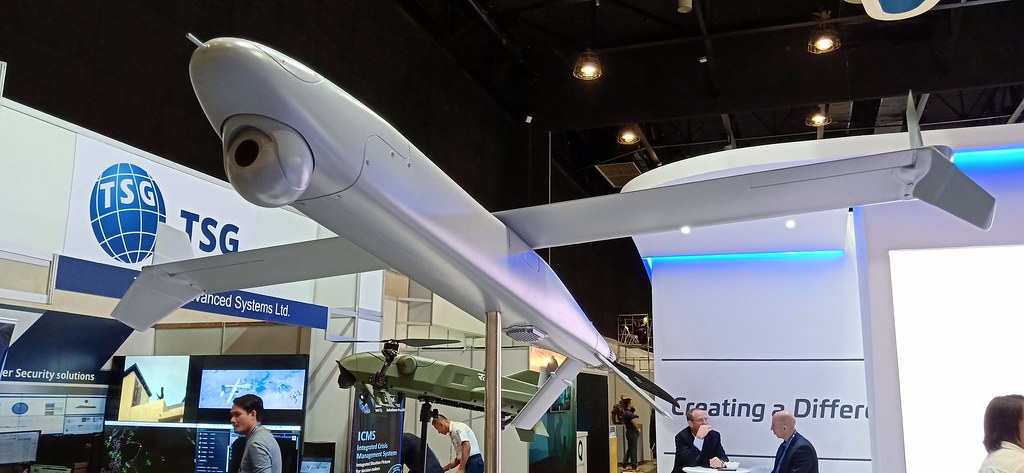
Controlled by a single operator using a 2.3kg fire control unit, the LMS can carry additional equipment such as a laser range finder and LADAR sensor for proximity fire missions.

Teledyne FLIR Defense highlighted that Rogue 1 can be hand-launched, tube-launched, or fired from a multi-canister launcher, which could be integrated onto tactical ground vehicles or surface vessels.
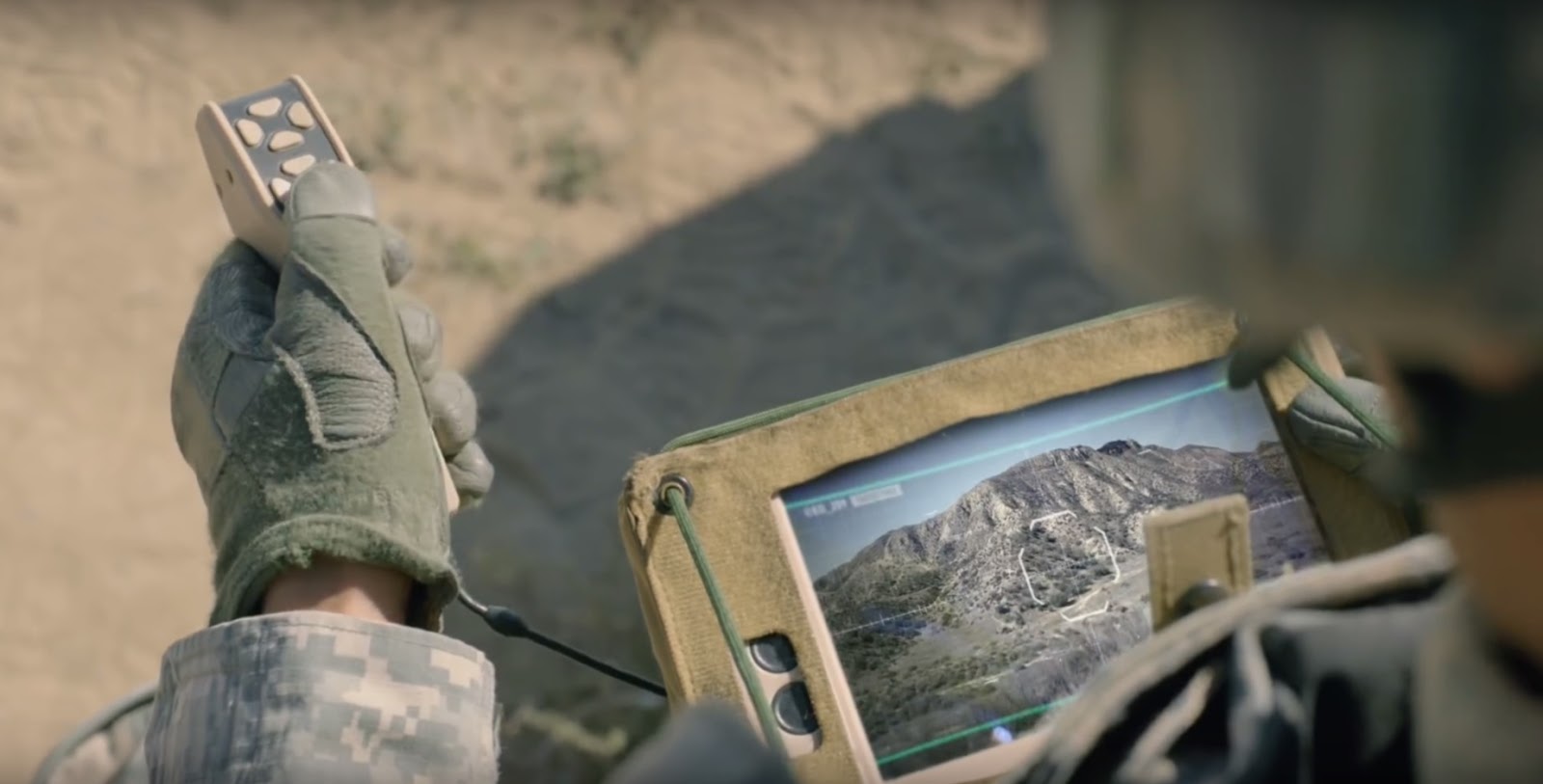
SOCOM’s pursuit of the 0A requirement coincides with the increasing prevalence of one-way attack drones and weaponized UAS on the modern battlefield, particularly evident in conflicts like Ukraine.

The command’s interest in VTOL LMS solutions stems from their versatility, allowing for operation in confined spaces like dense urban environments.
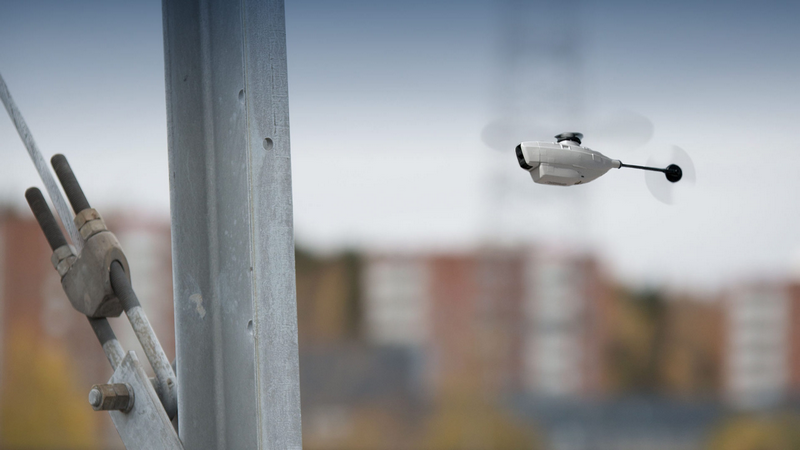
Teledyne FLIR Defense also emphasized how the Rogue 1 could dominate the “Atmospheric Littoral” environment, exploiting low altitude airspace for concealment and tactical advantage before engaging enemy combatants.
Relevant articles:
– Teledyne FLIR’s ‘new’ Rogue 1 loitering munition has been under SOCOM contract for two years, Breaking Defense
– Teledyne FLIR Defense unveils Rogue 1 loitering munition system, Airforce Technology
– Teledyne’s new Rogue 1 drone hits top speed of 70 mph, Interesting Engineering
– Army leader dismisses House proposal for drone branch creation, Breaking Defense
